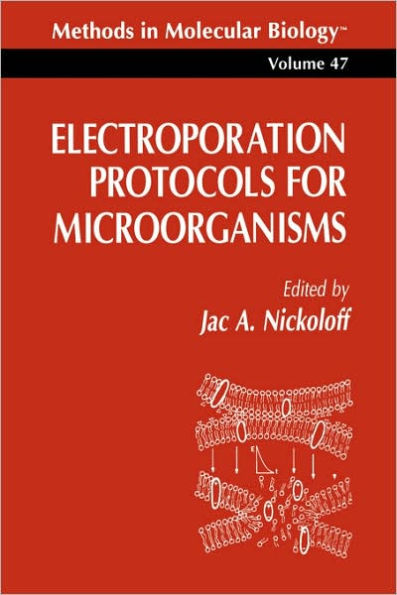5
1
9780896033108


Electroporation Protocols for Microorganisms / Edition 1 available in Paperback

Electroporation Protocols for Microorganisms / Edition 1
- ISBN-10:
- 0896033104
- ISBN-13:
- 9780896033108
- Pub. Date:
- 06/20/1995
- Publisher:
- Springer-Verlag New York, LLC
- ISBN-10:
- 0896033104
- ISBN-13:
- 9780896033108
- Pub. Date:
- 06/20/1995
- Publisher:
- Springer-Verlag New York, LLC
109.99
In Stock

Product Details
| ISBN-13: | 9780896033108 |
|---|---|
| Publisher: | Springer-Verlag New York, LLC |
| Publication date: | 06/20/1995 |
| Series: | Methods in Molecular Biology , #47 |
| Edition description: | 1995 |
| Pages: | 372 |
| Product dimensions: | 5.98(w) x 9.02(h) x 0.03(d) |
About the Author
From the B&N Reads Blog
